Wouldn’t it be great if you could deliver high-resolution dailies to your entire crew within minutes of the director yelling “cut”?
That’s exactly what the team at LumaForge has achieved with their cutting-edge 8K dailies workflow.
After LumaForge sent us the video, we simply couldn’t pass up the opportunity to find out more. So we sat down with lead editor and producer, Patrick Southern, to bring you the inside scoop on how they developed this impressive workflow.
Trial by fire
As is often the case with innovations like this, the workflow was born out of necessity. Patrick and his team are currently working on the indie feature film, Faith Based, a comedy by filmmaking duo Vincent Masciale and Luke Barnett.
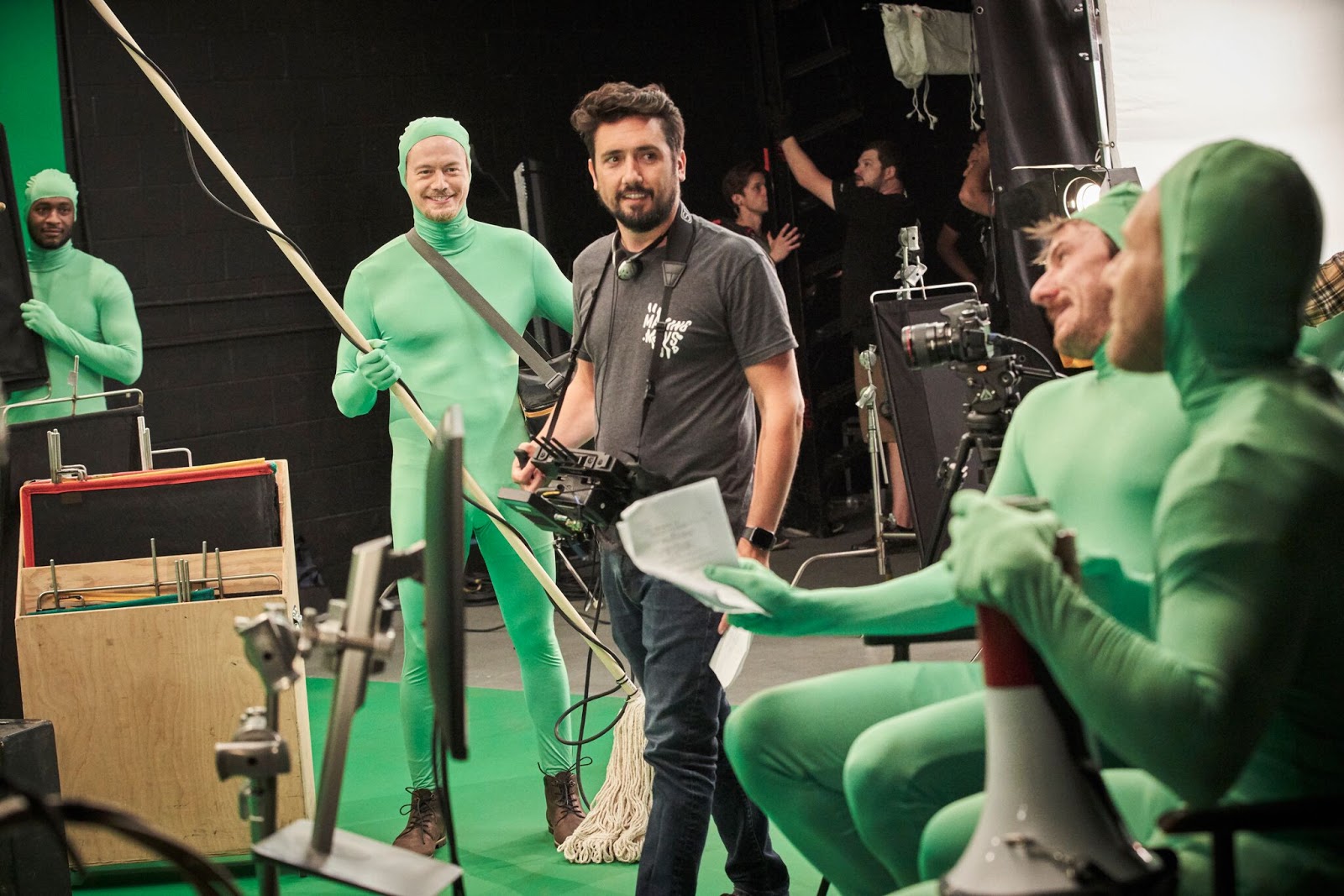
Faith Based follows two sophomoric friends who attempt to make “buckets of cash” by producing a fake Christian film. This satirical take on the movie industry is reminiscent of Mel Brooks’ hilarious Broadway sendup in The Producers, and aims to make a big splash in the festival circuit this fall.
Given the film’s fast-approaching debut, saving time has been a key factor in production planning from the very beginning. But as an indie film, the budget couldn’t accommodate the higher-cost solutions you might see on a larger production with a tight turnaround.
Because there was no time (or budget) for reshoots, it was vital for them to ensure that what they were shooting worked before they left the set. That’s why Patrick and his team decided to go all-in and build their own dailies workflow from scratch.
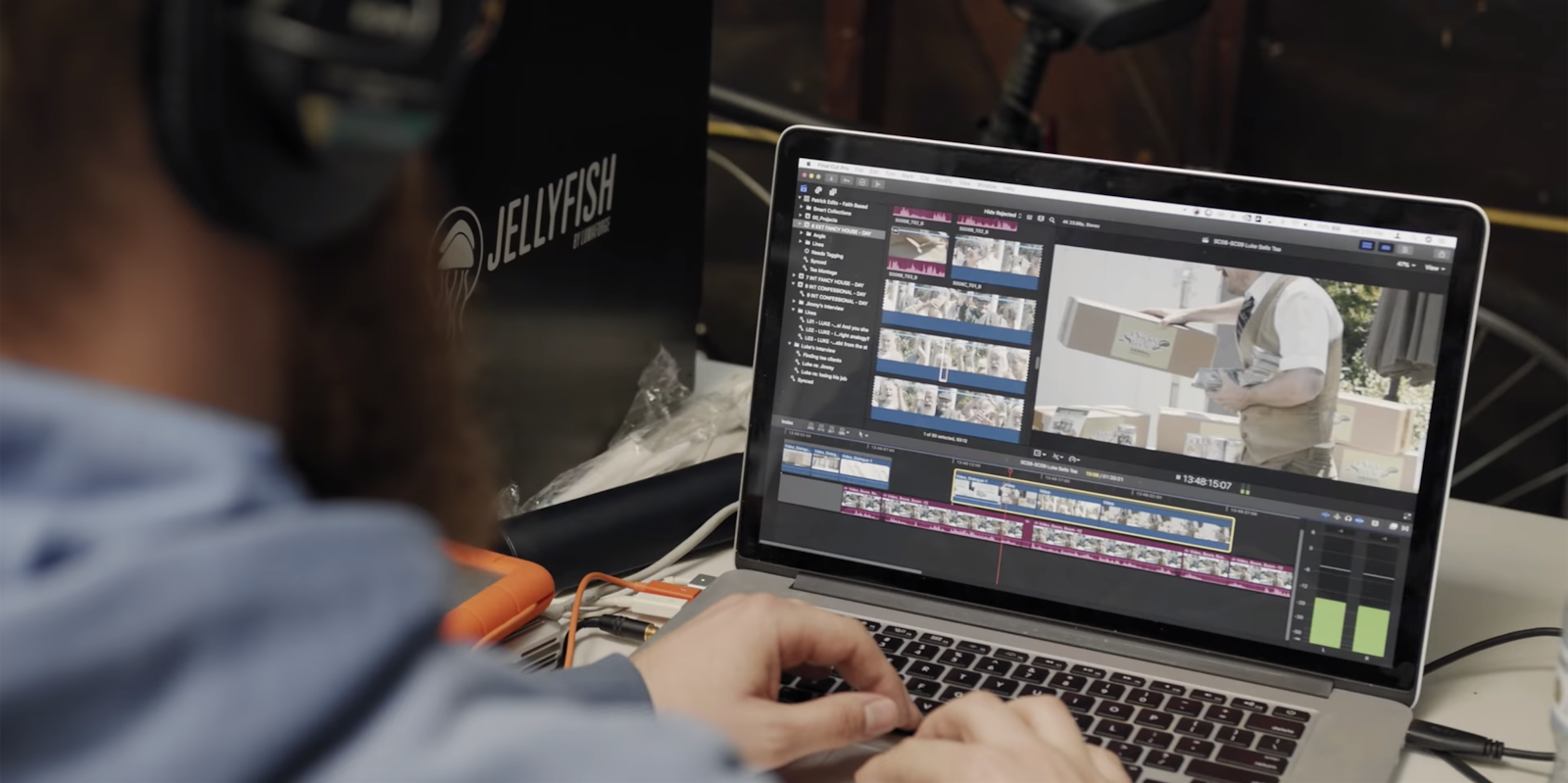
DIY dailies
“Traditionally, a DIT or post house is employed to create dailies. On Faith Based, we had neither, and with the camera systems we were using, we knew our previous workflows wouldn’t be enough,” Patrick said.
They shot on a pair of 8K RED Helium cameras, and there are no available off-the-shelf solutions to handling the massive size of the footage, while also being fast and light enough to run on the mobile computers the team is using. “Our editing team had to get scrappy, so we built our own solution,” Patrick says.
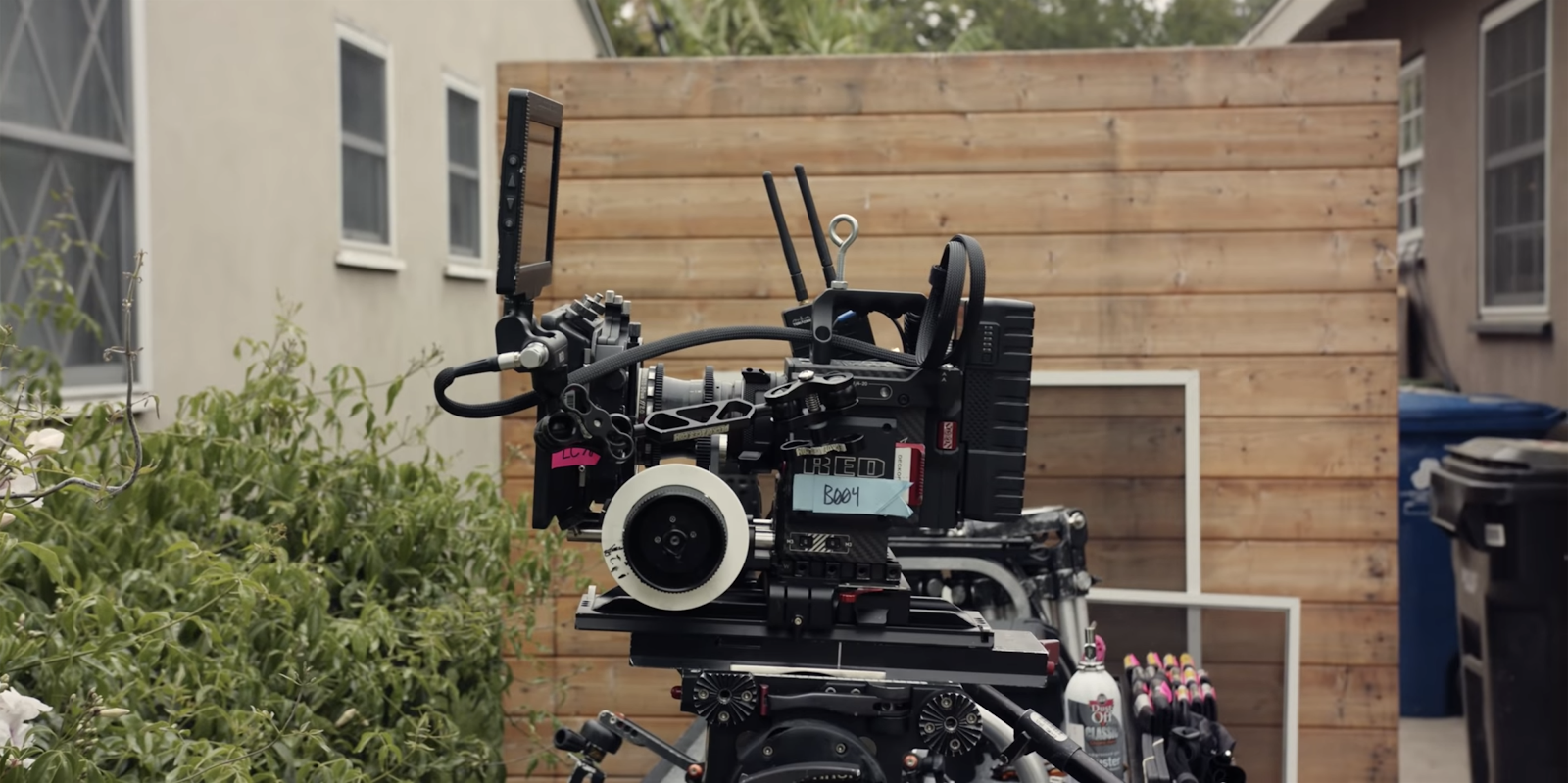
“We had to start with a storage solution that was big enough, but also had the performance to tackle the huge bitrate. Luckily, we already made one.”
The team dumped camera cards to a Jellyfish Mobile editing server, while also backing up everything to a RAID. At first glance, transferring footage might seem like a simple drag-and-drop operation, but there are a number of technical issues that can arise during the process. Files can be mislabeled, misplaced, or even corrupted, which isn’t compatible with a tight turnaround.
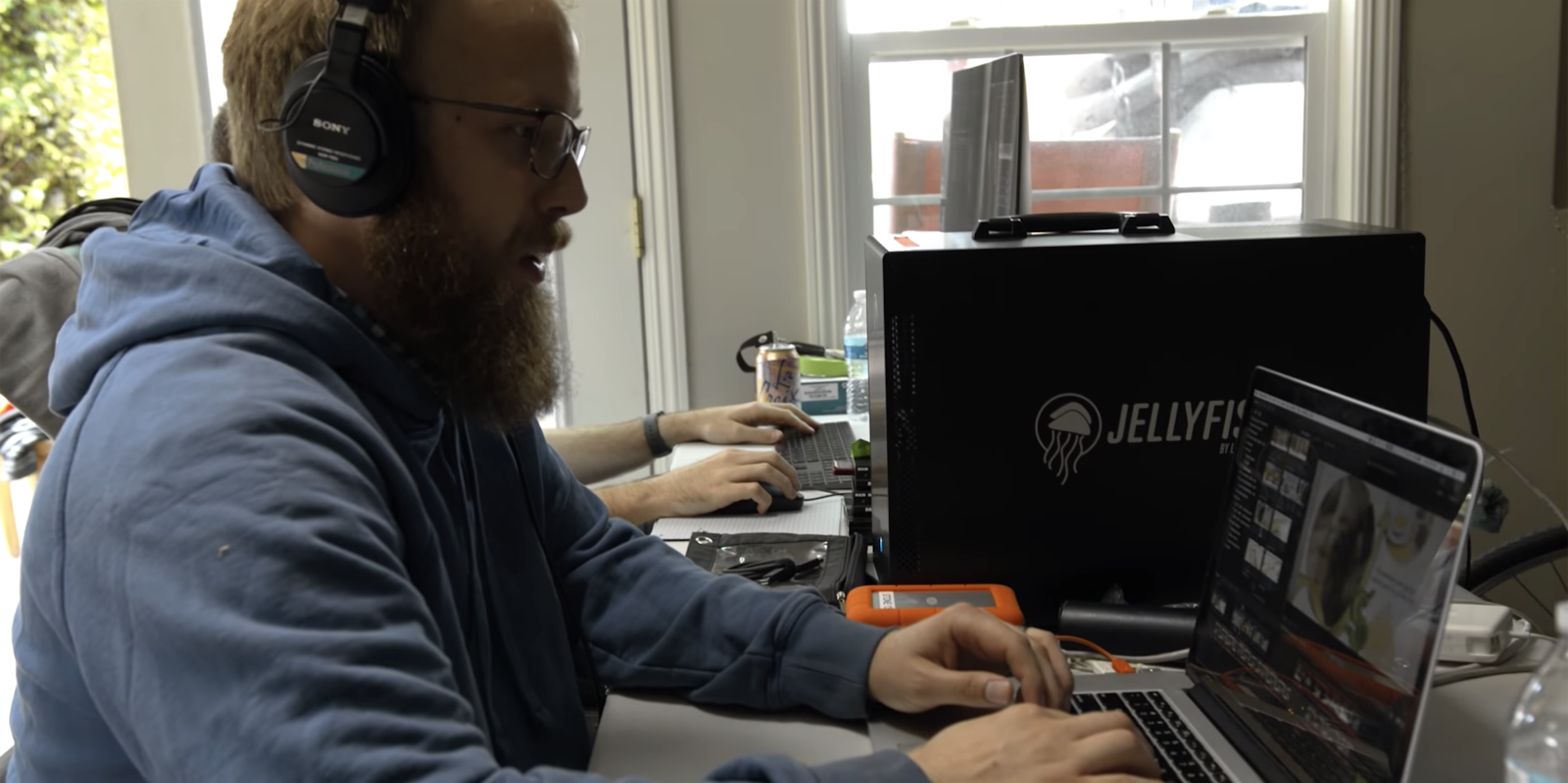
“We used an app called Hedge for file transfers. It allowed us to easily copy data from the camera cards to multiple destinations all at once. And since we were shooting RED, we were able to record proxy media files in camera. This really was the key to pulling off the whole deal. We didn’t have to do any transcoding, which saved us a ton of time.”
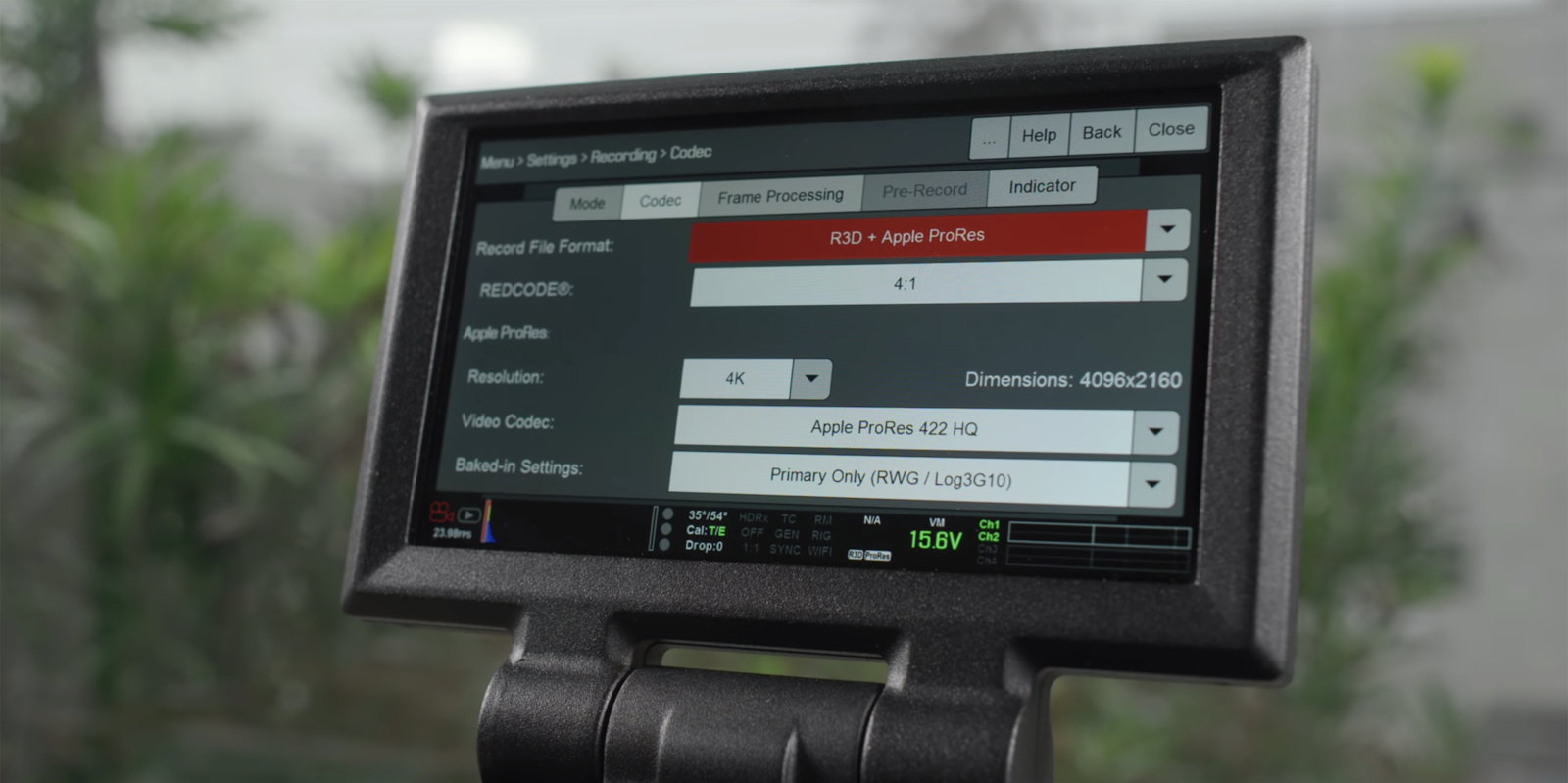
The team used Kyno to directly import the proxies into Final Cut Pro X. This meant that full-resolution 8K video files were ready for editing minutes after a card was pulled from a camera. And since these were proxy files, they could be viewed on the laptops they were using on set.
“Of course, we were recording external audio, so we also needed a way to quickly sync the proxies to the sound. For that, we used Sync-N-Link X, which made the syncing process pretty painless,” Patrick said.
After everything was synced, the editorial team started the process of delivering dailies to the director and production crew. They batch exported the synchronized clips from Final Cut Pro X to a Frame.io Watch Folder, which automatically synced all the files into the cloud.
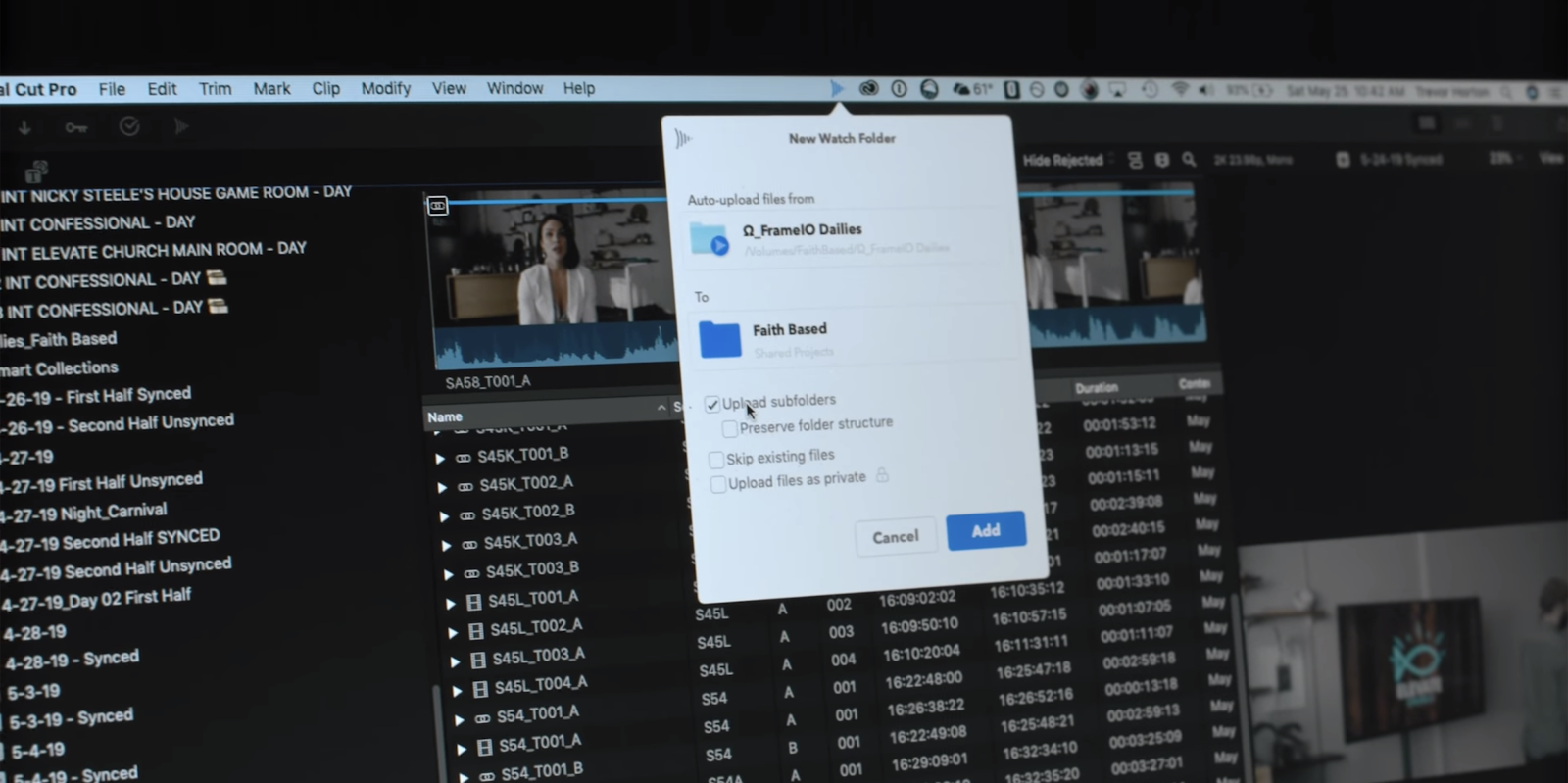
As we’ve noted, 8K files are enormous. In order to maximize the number of files they could keep in the cloud at once, Patrick’s team created a custom export preset in Compressor that reduced the resolution and data rate of the files. This allowed them to keep more files available for review for a longer time without ballooning the amount of necessary cloud storage.
“We really got a lot of use out of the Frame.io macOS app,” Patrick said. “We configured the Watch Folders to organize files into folders based on shooting day. It kept everything neat and orderly, and helped the production crew stay oriented when trying to remember what scenes were shot when. And, as always, the uploads were fast. Frame.io’s speed is pretty remarkable.”
Not just dailies, hourlies
Once files made their way to Frame.io, the director was able to watch dailies on his iPhone from anywhere, at any time, as long as he had a connection.
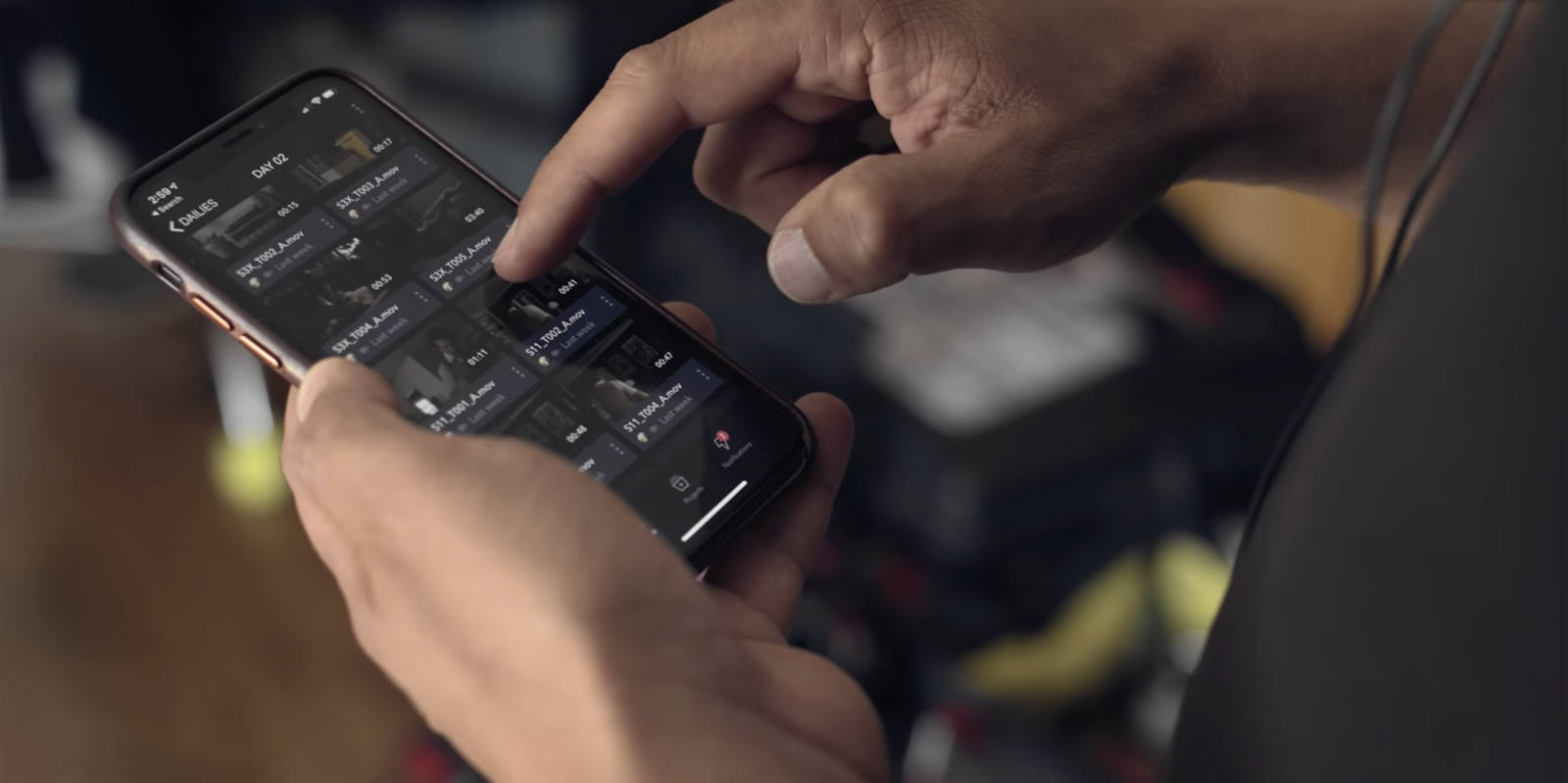
But it was the ability to review dailies on set that really proved the value of this new workflow.
“Faith Based relies heavily on actors improvising, so making sure their performances match and deliver on the humor is key. That makes this sort of rapid review invaluable.”
Patrick says the director, cinematographer, and even actors appreciated the speed and quality at which dailies were delivered.

“We made wardrobe decisions based on dailies. Jokes and scenes were re-written based on performances. We could immediately see what was captured on set, with synchronized audio, which was a huge help to the entire creative process, not just editorial.”
Patrick says they learned several cool workflow tips and tricks from this project, but the dailies had the biggest impact, by far.
“It’s great to see that a tradition based on film has taken on a new life with digital video production,” Patrick says. “With film, you used to send off the negative to get developed, and hopefully the next day you would have the footage to watch back on a big ol’ projector in a single room, with everyone who needed to see it crammed in there. But these days, anyone can watch dailies from a laptop, tablet, or phone from basically anywhere. It’s really exciting.”
Moving forward
Now that LumaForge has proven and refined this workflow, it should be relatively easy for other productions to adopt this system. Of course, you don’t need to be shooting on ultra-high-end 8K cameras to add these technical and creative tricks to your production, but it’s good to know that these tools are available.
Are there any workflow tricks you’ve discovered? Let us know in the comments.



